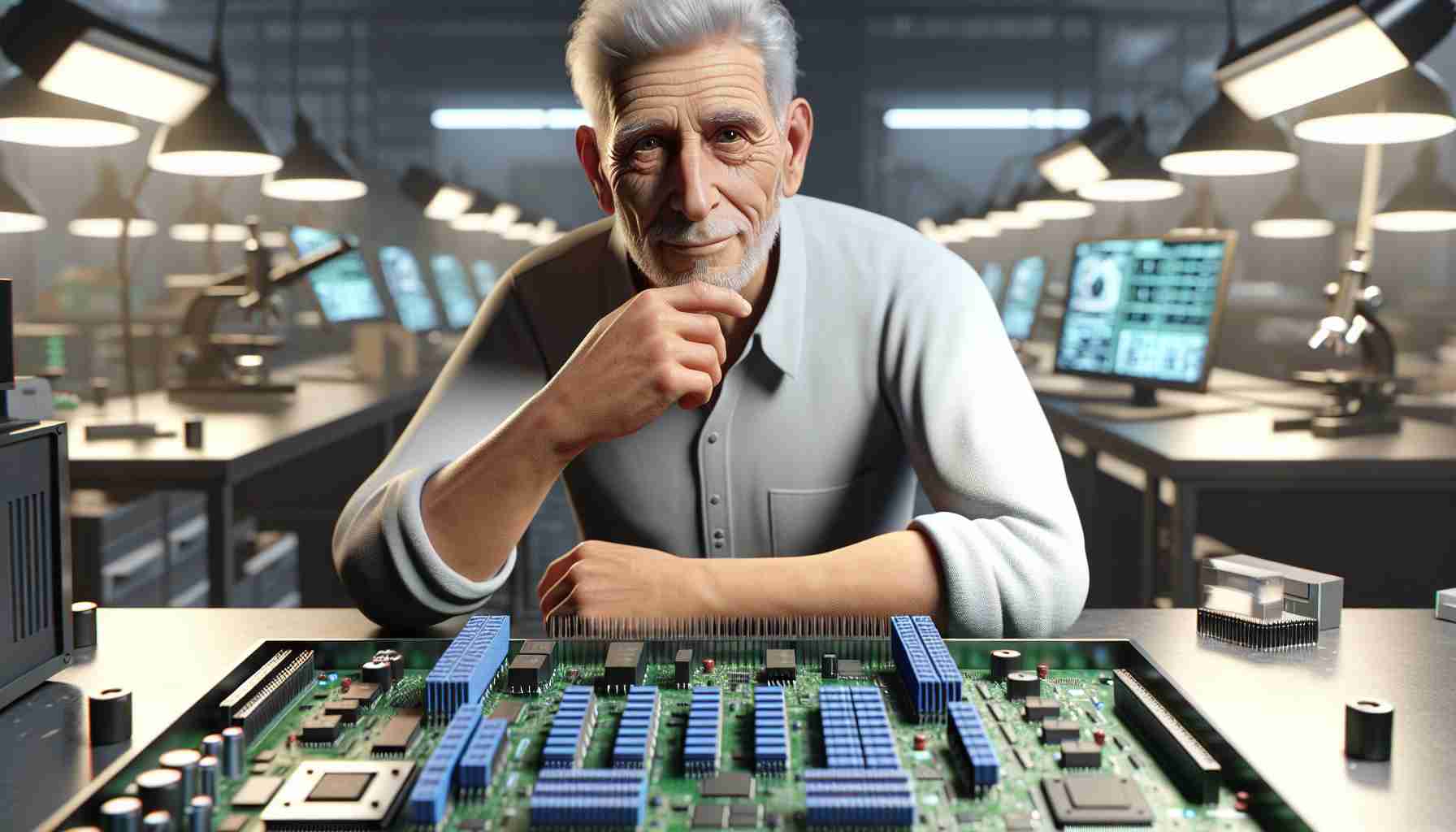Robert H. Dennard, the electrical engineer whose invention spawned a digital revolution, passed away at the age of 91 in Sleepy Hollow, New York. His daughter Holly Dennard disclosed that her father’s death at a hospital was due to a bacterial infection.
In his tenure at IBM during the 1960s, Dennard was at the forefront of microelectronics. At that time, data storage technology was bulky and slow. It was then that Dennard changed the landscape of memory storage by creating dynamic random-access memory, or DRAM. This innovative technology permitted each transistor on a silicon chip to store a single bit of digital information. What made DRAM particularly revolutionary was its ability to store this information as an electrical charge that, despite its need for periodic refreshing, dramatically enhanced the speed and capacity of data storage.
The ripple effects of his invention are monumental: DRAM has been foundational in the evolution of computation for more than half a century. Modern conveniences that we take for granted, such as streaming services and artificial intelligence interfaces, owe much to the high-speed and capacious memory enabled by Dennard’s work.
John Hennessy, the chair of Alphabet, emphasized the transformative impact of DRAM on the computing world, underscoring that much of what is possible today in modern computing can be traced back to Dennard’s original breakthrough. The legacy of Robert H. Dennard and his pioneering DRAM technology continues to resonate profoundly across the landscape of technology and will likely do so for generations to come.
Regarding the topic of Robert H. Dennard’s contributions to modern memory technology:
Most Important Questions and Answers:
– What is DRAM? DRAM, or Dynamic Random-Access Memory, is a type of semiconductor memory that stores each bit of data in a separate tiny capacitor within an integrated circuit. The information is stored as an electrical charge, which needs to be periodically refreshed.
– Why was Dennard’s invention of DRAM significant? Dennard’s invention was significant because it allowed for the creation of high-density memory chips that were faster and more efficient than previous types of random-access memory. This marked a turning point in the development of computer memory and hardware, leading to exponential growth in computing performance.
– What are some of the challenges associated with DRAM? DRAM requires constant power to refresh the stored data, which can lead to higher energy consumption. Additionally, as chip components shrink, maintaining data integrity and preventing leakage can become more challenging. DRAM also faces competition from emerging memory technologies that offer better speed and non-volatility.
Key Challenges or Controversies:
One key challenge in the continued development of DRAM is the physical limit of how small the components can get, often referred to as the “scaling limit.” As the size of transistors approaches the atomic scale, issues with quantum effects and heat dissipation become more significant. Furthermore, as the industry is continually searching for new materials and architectures, DRAM must evolve or potentially be superseded by newer technologies, such as 3D stacking or alternative non-volatile memories like MRAM (Magnetoresistive RAM) or RRAM (Resistive RAM).
Advantages and Disadvantages of DRAM:
– Advantages:
– High-density memory allows for more compact and powerful computing devices.
– DRAM is relatively simple to manufacture, contributing to its widespread adoption and lower costs.
– The technology is well-established and widely understood in the electronics industry.
– Disadvantages:
– It has volatility, meaning data is lost when power is turned off.
– Higher energy consumption due to the need for constant refreshing.
– As mentioned, scalability may be an issue as physical limits are approached.
Suggested Related Links:
For more information on the broader implications of Dennard’s work and the evolution of memory technology, one can explore the following links:
– IBM
– IEEE
– Alphabet
Please note that to ensure that the URLs are 100% valid, one should verify them by visiting the respective websites directly.
